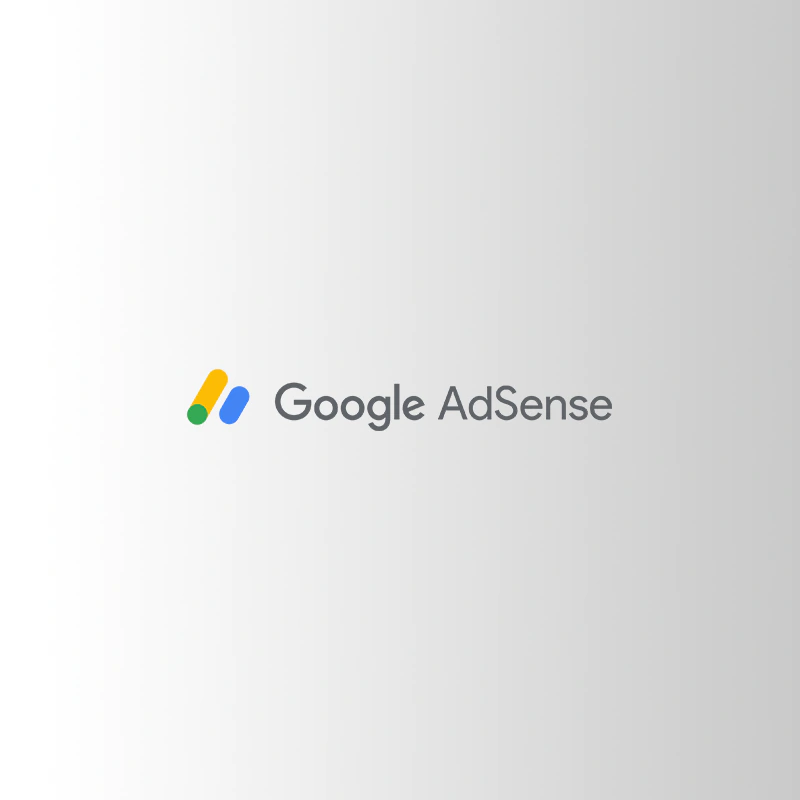
Google AdSense is a Google's product that pays publishers for creating content for the web.
The program shows advertisements on publishers' websites that register themselves to the Google Network. The ads that are administered, sorted, and maintained by Google, pays publishers per the amount of clicks the ads are receiving. AdSense has long defaulted to PPC, and this is changing.
In a blog post, Google is making two crucial changes to its digital advertising offering AdSense that are expected to go into effect in 2024.
According to Dan Taylor, Vice President of Global Ads at Google, these changes are meant to provide a consistent way for publishers to compare the differing fees across the various technologies they use to monetize and will provide even greater transparency into the media-buying process.
The changes are:
- Moving from pay-per-click to pay-per-impression.
- Splitting the AdSense revenue-share into separate rates for buying and selling.
AdSense primarily paid publishers based on PPC. But this time, it's transitioning to the display industry standard of paying per impression.
"This update will provide a more uniform way for paying publishers for their ad space across Google’s products and third-party platforms, helping them compare with other technology providers they use," Taylor explained.
While this change is huge, it’s important to note that it will not influence the type or quantity of ads publishers can display on their websites. Publishers in Google's ad network are required to adhere to both Google AdSense policies and the Better Ads Standards which do not allow practices like pop-ups or interruptive ads that take up the majority of the screen.
Besides moving to per-impression payments for publishers, AdSense revenue-share structure.
Previously, the Google AdSense network processed fees within a single transaction.
This time, Google is splitting the AdSense revenue share into separate rates for the buy-side and sell-side.
For displaying ads with AdSense for content, publishers shall receive 80% of the revenue after the advertiser platform takes its fee, whether that be Google’s buy-side or third-party platforms.
The change in the AdSense revenue structure means that publishers will now receive a higher share of the ad revenue (80%) after the advertiser's platform takes its fee, rather than the previous 68% when fees were processed within a single transaction. This change is designed to benefit publishers by increasing their earnings from displaying ads on their content.

Taylor said that AdSense, first announced in 2003, was originally meant to help publishers of all sizes make money from their websites.
As the man-in-the-middle, AdSense provides the platform where publishers can connect to advertisers around the world, and let them sell their ad space for interested parties.
"And now, every year, we pay out billions of dollars to the publishing partners in our ad network. This allows content creators to spend more time doing what they do best: creating great content," said Taylor.
But this time, the web is more than just what the web was in 2003.
"This is why we are making two changes [...] These changes will provide a consistent way for publishers to compare the differing fees across the various technologies they use to monetize and will provide even greater transparency into the media-buying process."
With the change, website owners can use a combination of direct sales, ad networks and sell-side platforms to sell their ad space, often using multiple technologies simultaneously.
Based on Google's tests, publishers should not see a change in their earnings as a result of these updates.